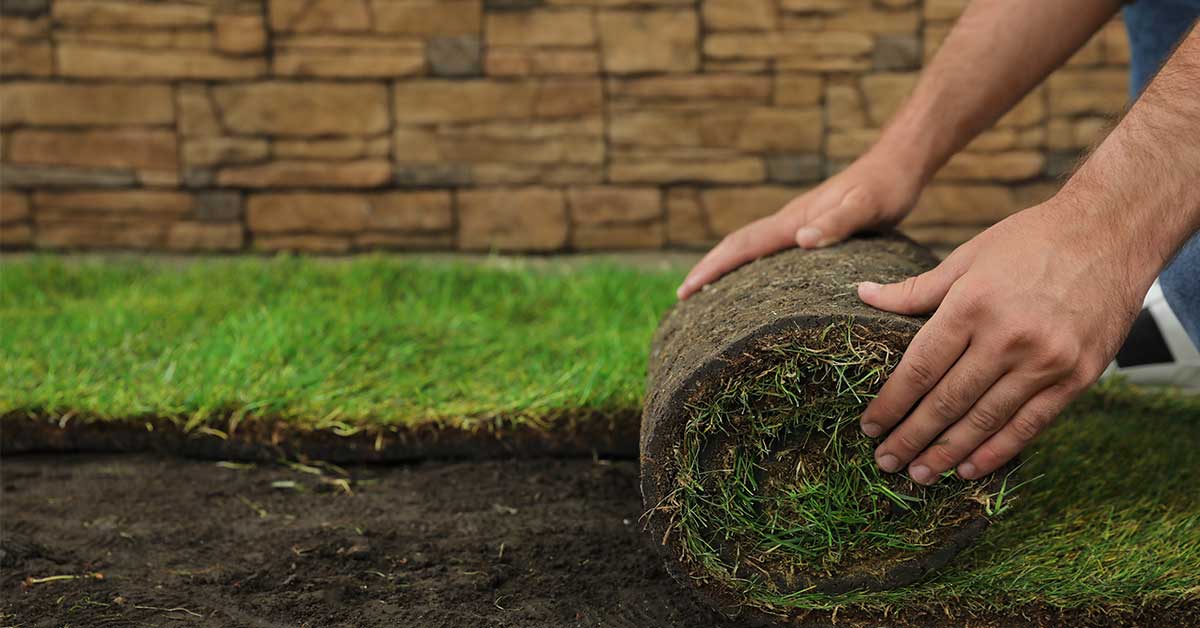
Sod Installation: The Do’s and Don’ts To Ensure Success
There is far more to a successful sod installation than just laying it down and letting nature take it from there. Whether you are laying a small patch or adding sod to your entire yard, it’s important to know and understand the essential steps you must take to ensure success. SSC Services For Education VP of Grounds Management George Bernardon has a few simple tips to help you along the way.
Sod Selection
Always choose a sod that is similar in type to your current grass. For large areas, ask a professional what type or variety they recommend for your region. No matter what type you choose, make sure that it is certified sod. Another important thing to note when purchasing sod is that you will always want to purchase fresh-cut sod and lay within 24 hours of cutting, not delivery. Be sure to ask the supplier when your sod was cut to ensure it is within the 24-hour window.
Soil Preparation
Once you’ve purchased your sod, begin preparing the area you plan to lay it in. Before laying sod, ensure that the level of soil will match with the existing surface once it settles. Any disturbance can be expected to settle around 20%. Scarify the soil with a steel rake or potato fork so it is loose and friable. Finish by grading and smoothing the surface.
Sod Installation
Once your soil is prepared, you are ready to install your sod. Lay the sod down, butt the joints tightly and tamp or roll to ensure the pad is making surface-to-surface contact with the ground soil. Next, add lots of water, and when you think you have watered enough, double it. Water your sod every day for the first week to ensure that the sod pad stays wet (not just moist). After one week, back off on the watering and water every other day.
A common sod myth is that you don’t need to water your sod, or that rain is a sufficient water source. This is simply not true, and rain will not do the job unless it rains all day long, every day.
After the second week, check to see if your sod is rooting by pulling on it. If it is tight to the soil, you have successfully completed your sod installation. Fertilize it with a starter fertilizer, and begin mowing it when it reaches mowing height.
Looking for more tips & tricks to use at home? Be sure to check out our Resource Center and follow us on Facebook, Instagram, and LinkedIn for more.